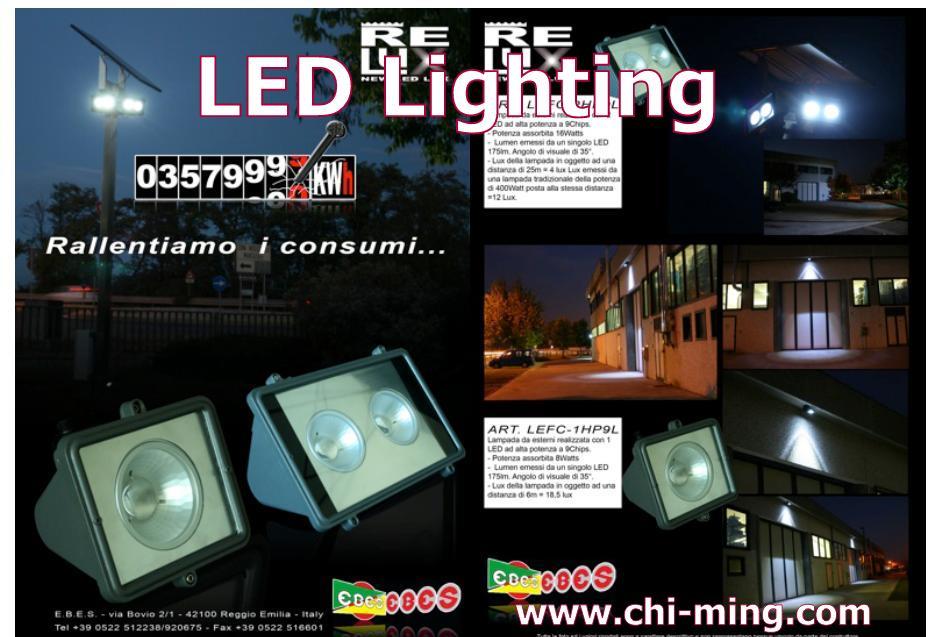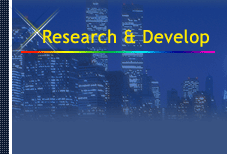
In the environmental issues, since LED
light source does not contain mercury vapor and high pollution and the
operation and long life, small size, and therefore the long-term impact
of environmental threats less obvious, although many of the traditional
lamp is also working to reduce mercury content, but its brightness and
therefore a substantial to reduce, if not impossible to meet the actual
demand. EU February 13, 2003 Announcement WEEE (Waste Electrical and
Electronic Equipment Directive 2002/96/EC) and RoHS (electronic devices
limits the use of certain Hazardous Substances Directive 2002/95/EC)
and other two commands, respectively, designed to reduce electrical
waste volume, an increase of waste electrical re-use, recycling,
recycling utilization, improve the environmental performance of the
operator to limit or restrict the use of equipment. Accordance with the
precautionary principle, polluter-pays principle, to reduce the impact
of WEEE on the environment in order to safeguard the health of
personnel and the environment as well. The WEEE recycling which should
be guaranteed at December 31, 2006, producers to meet: WEEE recycling
rate of 70% to 80% of parts, materials and substances re-use and
recycling utilization rate of 50% to 75 %. The RoHS requirement: July
1, 2006 onwards the new Preparation should not include lead, mercury,
cadmium, hexavalent chromium, polybrominated biphenyls (PBB) and
polybrominated diphenyl ether (PBDE). Therefore, use of LED lighting,
can meet the needs of a global mainstream consciousness.
|



